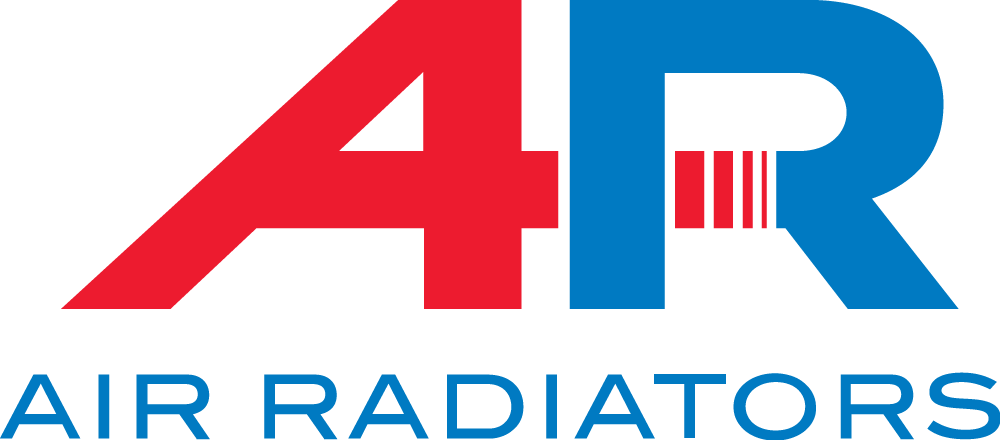The traditional view of the diesel engine as a noisy, smelly, smoke producing machine are long behind us with global engine exhaust emission requirements driving an ever lowering particulate and gaseous exhaust requirement in automotive and industrial diesel engines. These emissions are regulated by one of two key standards dominate globally, European Directive 443, (Euro), and United States EPA.
The measure of exhaust emissions is considered by two key criteria – emissions of Oxides of Nitrogen, (NOx), and smoke particulates released. Both these factors have seen a 6 fold reduction driven under the Euro standards from Euro 1 to Euro 5. The introduction of Euro 6 is currently underway with many of the engine manufacturers releasing market ready engine technology.
There are two mainstream methods of controlling the emissions from the diesel engine, Exhaust Gas Recirculation, (EGR), to reduce NOx via in cylinder combustion control coupled to Diesel Particulate Filters, (DPF), to manage the soot released, or Selective Catalytic Reduction, which uses a catalyst to control the NOx whilst the in cylinder combustion process controls the soot emissions. Both of these processes have a negative effect on the performance of the engine cooling system. SCR technology has less impact than its EGR counterpart, with the SCR process negating the need to cool and re-ingest the hot exhaust gases into the system via the use of engine cooling fluids.
The referenced article provides a good over view of the SCR process and how it achieves the reductions in NOx engine emissions.
For more information, please click here.




